MINIMALISM ON TWO WHEELS
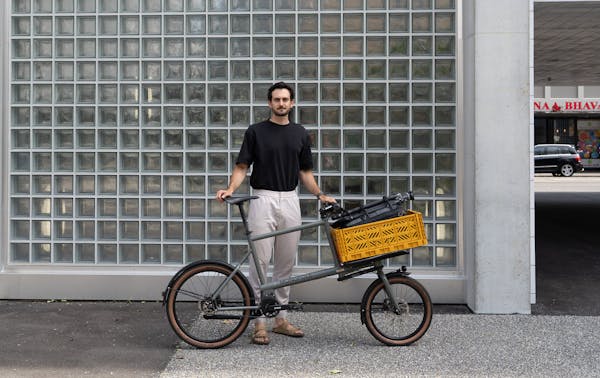
Architecture, Photography & MONoPOLE
The architect-turned-photographer finds in the MONoPOLE both a practical tool for carrying his gear and a sculptural presence that fits seamlessly into his urban life. We loaned him a MONoPOLE for his daily rides and professional routines, and here's what he had to say.
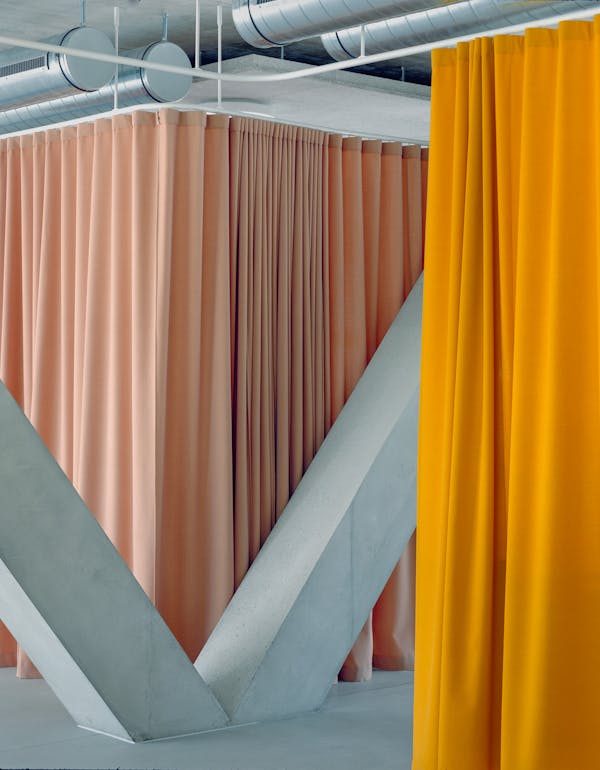
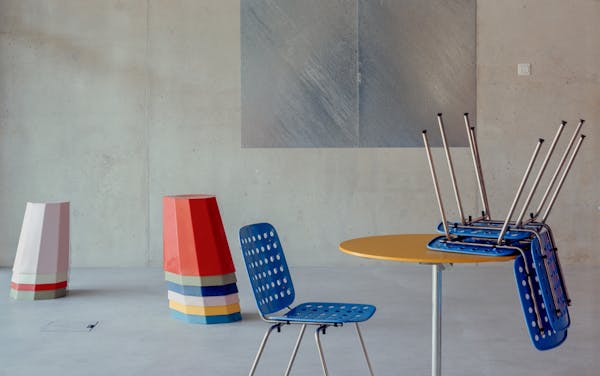
© Federico Farinatti
Federico, you combine two creative disciplines—architecture and photography—with daily urban cycling. How did the MONoPOLE enter into this mix?
I was drawn to the MONoPOLE because of its design—it’s architectonic, compact, and visually striking compared to traditional diamond-frame bikes. For an architect, its structure speaks volumes. At the same time, as a photographer, I needed it to be functional—capable of carrying a heavy backpack full of camera gear, yet still agile enough to ride around Zurich.
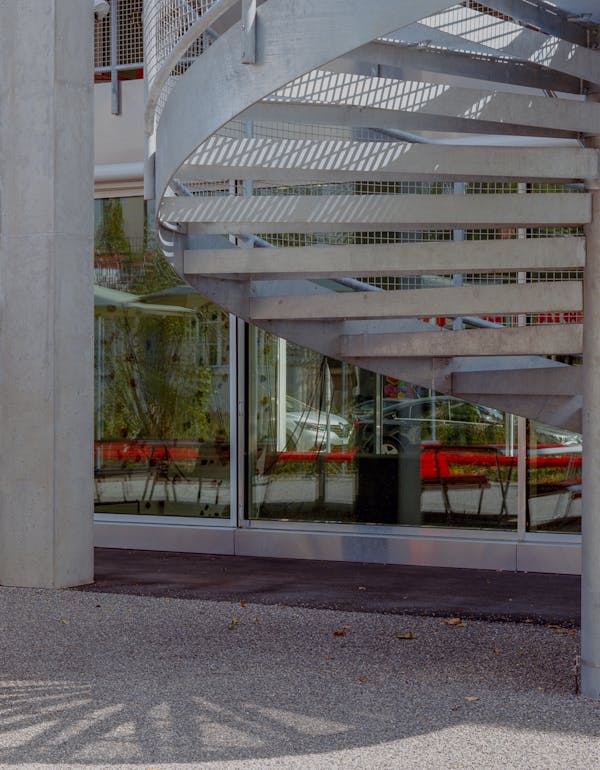
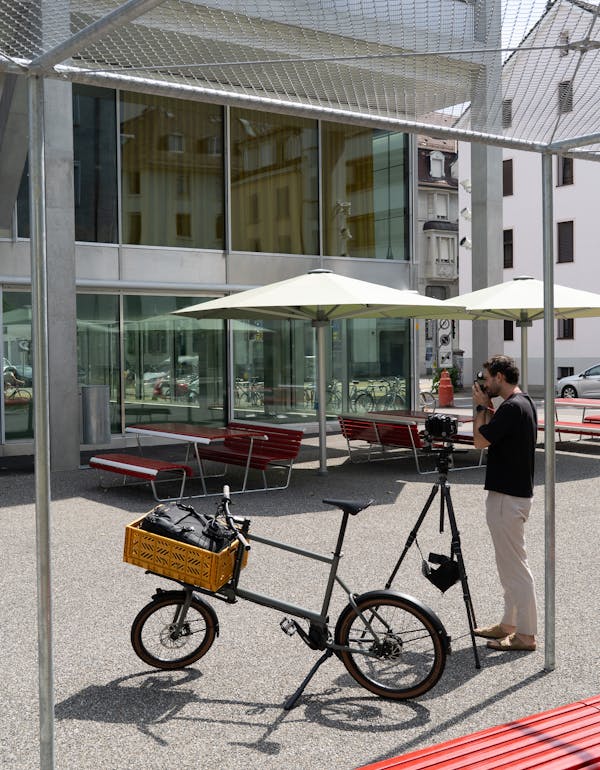
What stands out in your daily commute with the MONoPOLE?
Commuting with a heavy backpack full of lenses, cameras and photo equipment can be challenging. Instead of feeling weighed down on a regular bike or resorting to public transport, I can ride comfortably without too much hassle getting to my destination. It’s that seamless integration of practicality with aesthetic elegance that truly raises the quality of my daily commute.
Beyond practicality, what does cycling itself mean to you?
I love cycling and bicycles in general. I cherish them as objects, the elegance, lightness and the essential nature they have are extremely appealing qualities to me. Since my arrival in Zurich in 2018 I always used a bike as a commuting solution. Cycling has really become part of my lifestyle. It’s freedom, rhythm, and inspiration. Riding allows me to observe my surroundings differently, which also feeds back into my photography and architectural work. The MONoPOLE adds to that by giving me freedom from constraints—no timetables, no discomfort, just a smooth way of moving through the city.
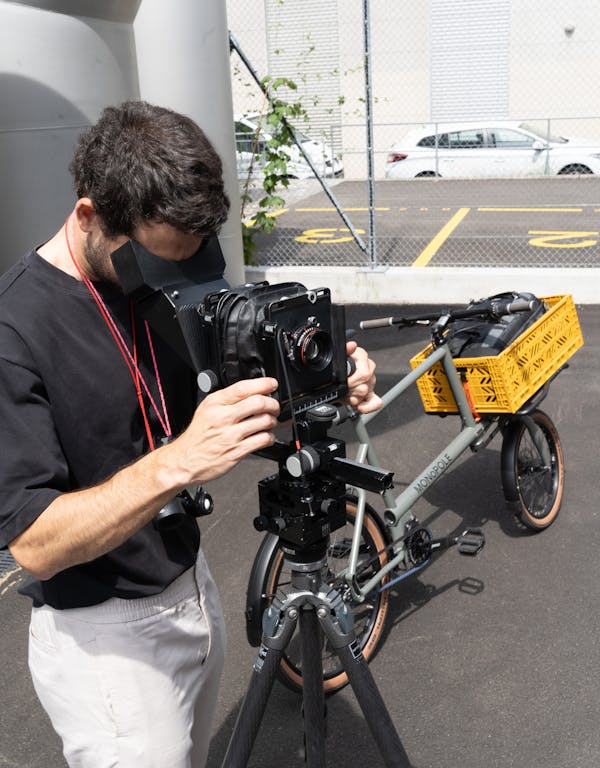
«It’s a beautifully minimal, compact tool that merges design and function.»
You often travel beyond the city for shoots. How has the MONoPOLE supported those journeys?
I've taken it beyond Zurich—like commuting to Aarau—by combining bike and train in a perfect multimodal routine. The MONoPOLE fits easily on trains and handles last-mile transport beautifully. It’s the flexibility to switch vehicles without hassle, while maintaining rhythm and ease, that makes it indispensable.
As an architect, what do you appreciate in the design and visual qualities of MONoPOLE?
Its simplicity and geometric clarity set it apart. The parallel lines, closed-form frame, and proportions between the front 20" and rear 24" wheels create a striking, compact profile. It almost feels sculptural—a bicycle that’s more than a tool; it's a statement piece that matches my design sensibilities. Despite offering cargo opportunities, the MONoPOLE maintains the look—and the weight—of a traditional bike. Its form factor, especially when you compare it to other cargobikes, is crucial when parking it and when storing it at home.

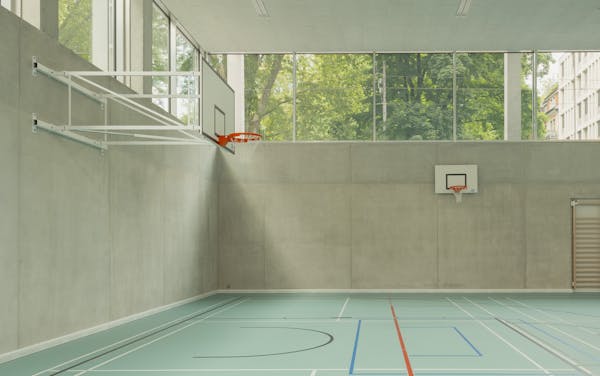
© Federico Farinatti
How do people in your architecture and photography circles react when they see your bike?
It’s definitely a head-turner. The clean, minimalistic aesthetic resonates—it captures both functional and artistic interest. It’s rare for a bike to reflect such a conscious design identity in our field.
Any areas where you'd like to see improvements?
Just a few thoughtful refinements. I'd love an integrated locking system for the front basket—maybe magnetic or embedded—to secure items without extra straps. The battery works well but drains faster in high-assist modes. Though the current hidden design is elegant, I’d be open to a well-designed visible battery if it offered longer range—without losing the bike's simplicity. And an integrated controller on the handlebars would streamline operation even further.
And the color and visible components—what's your take?
I love the subtle grey tones—they let the bike exist as a pure object. It becomes a base, a blank canvas, that reflects the layers you can add—for example a folding crate in a bold color. The exposed cable routing—brake lines, shift cables—is not about hiding complexity. Instead, it's a celebration of transparent, functional design—echoing a discipline where every line reveals intent.
If you had to sum up the MONoPOLE in one sentence from your perspective, what would it be?
It’s a beautifully minimal, compact tool that merges design and function—an everyday bike that reflects architectural clarity while making urban life simpler and more enjoyable.
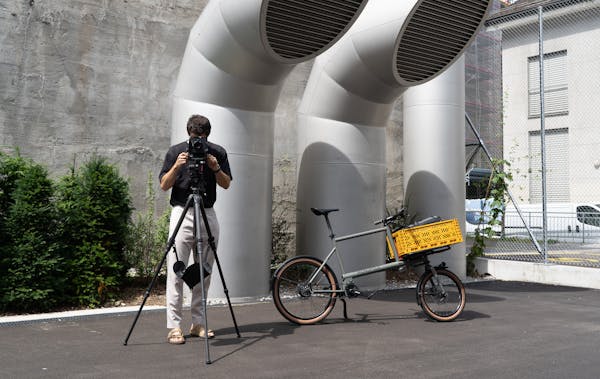
About Federico Farinatti
Federico Farinatti is an Italian architect and photographer based in Zurich. After training in architecture, he shifted his focus to architectural photography, working with architecture firms, institutions, and publications across Switzerland and Europe. Alongside his practice, he teaches design at ETH Zurich.
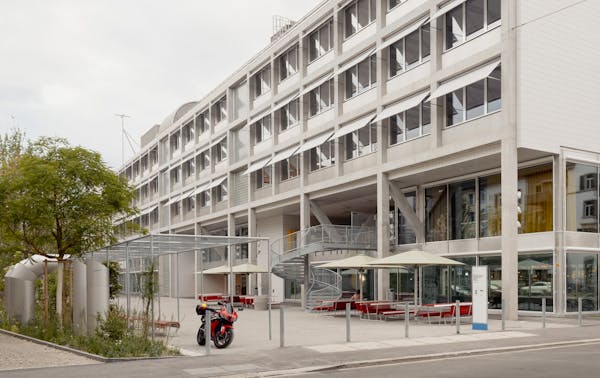
© Federico Farinatti
Building
BBZ, Baugewerbliche Berufsschule, Limmatstrasse 53, 8005 Zurich
Year of construction: 2025
Gunz & Künzle Architekt*innen ETH SIA